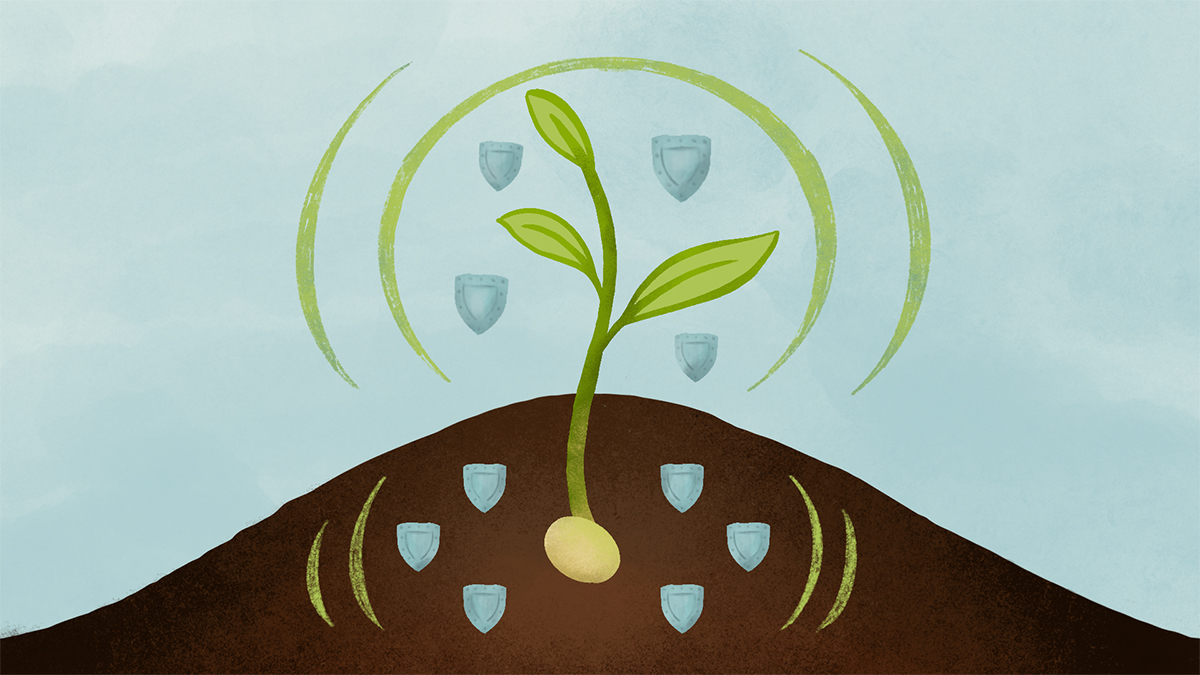Science of the Super-small Helps Soybean Growers and the Environment
January 18, 2022
Protecting Crops With Nanotechnology
While most farmers work to be good stewards of the environment, it’s always possible
that the agrochemicals they use to protect their crops could end up in waterways or
elsewhere. To address this, LSU Professor Cristina Sabliov is creating technologies
for more targeted delivery of agrochemicals to crops to protect plants and the environment
while also reducing waste for farmers.
Sabliov develops biodegradable nanoparticles that are smaller than the eye can see—about
a thousand times smaller than the thickness of a human hair. These tiny delivery systems
can attach to specific parts of a plant, such as the root or leaves, and deposit a
small but significant payload to be released either immediately or over time. Through
more targeted delivery, much smaller amounts of agrochemicals are needed.
Most of Sabliov’s work to-date has focused on soybeans, a major crop in Louisiana
and around the world. Soybeans rank fourth among the state’s top agricultural commodities,
after forestry, poultry, and sugarcane. Meanwhile, Sabliov is using a cheap and safe
waste product from forestry, from turning trees into paper (lignin), as her main material
for making nanoparticles. Her work has received sustained support from the Louisiana
Soybean and Grain Research and Promotion Board.

LSU Professor Cristina Sabliov’s nanoparticles are tiny delivery systems that can attach to specific parts of a plant, such as the root or the leaves, and deposit a small but significant payload of protective agrochemicals to be released either immediately or over time. Through more targeted delivery, much smaller amounts of agrochemicals are needed.
– LSU
“Without unbiased research from land-grant institutions like LSU, farmers would have to incur losses in their production to figure out solutions to challenges that are unique to our state. Louisiana soybeans thrive in large part due to our climate conditions, while diseases and fungi also thrive in these same conditions. We believe [LSU Professor] Cristina Sabliov’s work can provide valid answers. Research is a good investment of Louisiana farmers’ dollars.”
Charles Cannatella, chairman of the Louisiana Soybean and Grain Research and Promotion Board and a farmer in Melville in St. Landry Parish where he grows soybeans, corn, and sugarcane together with his family


